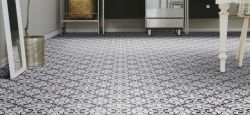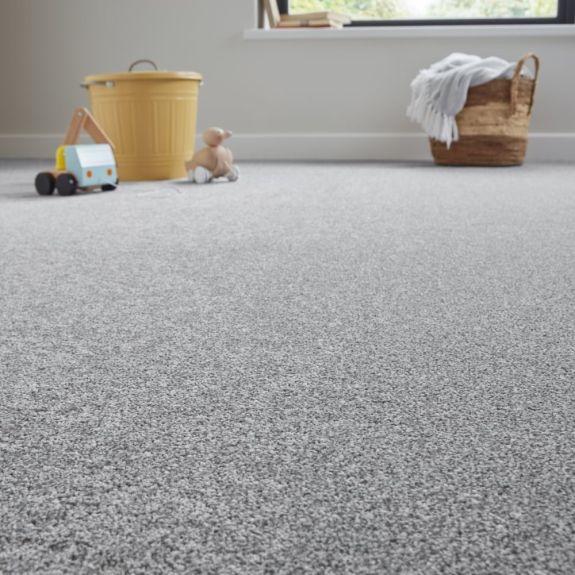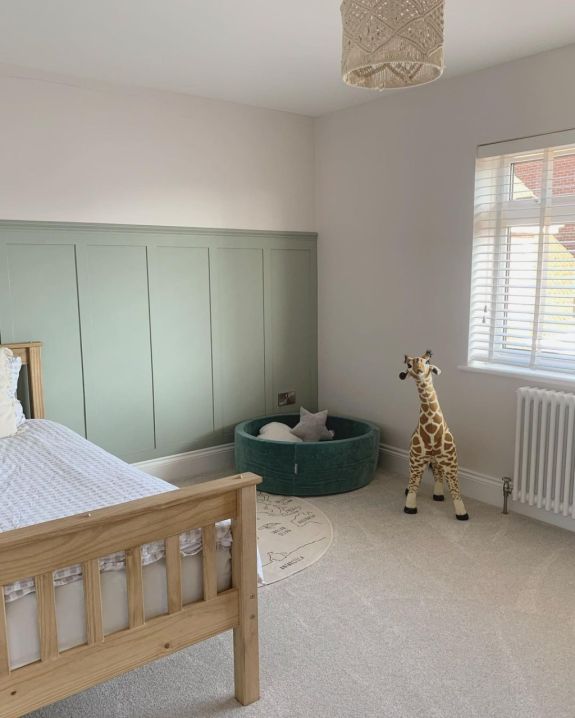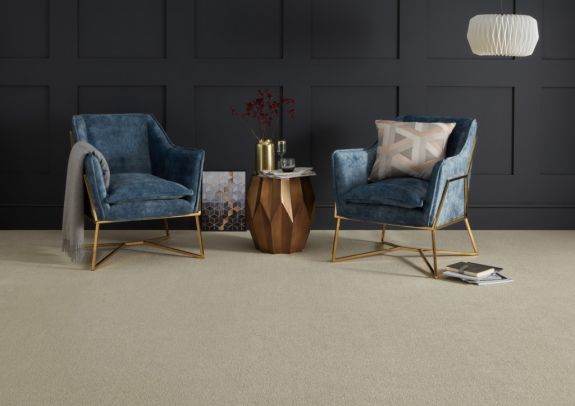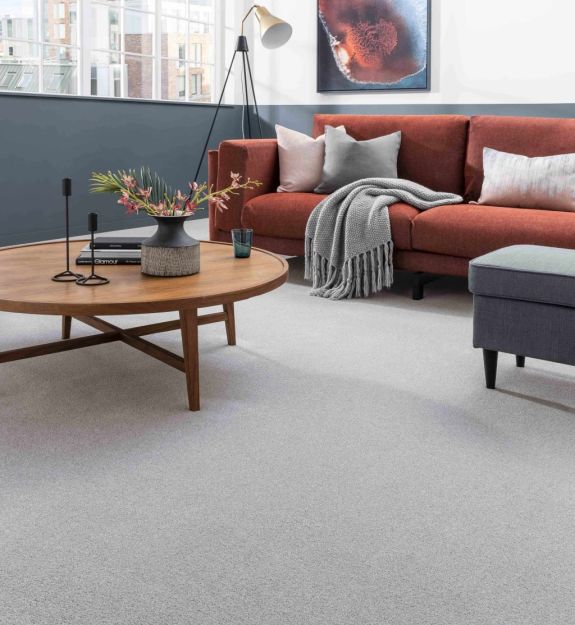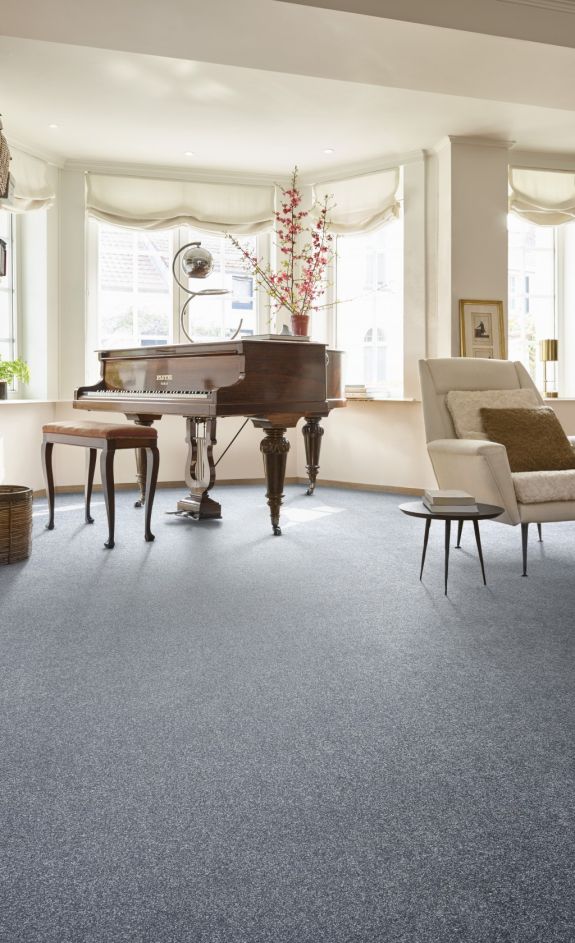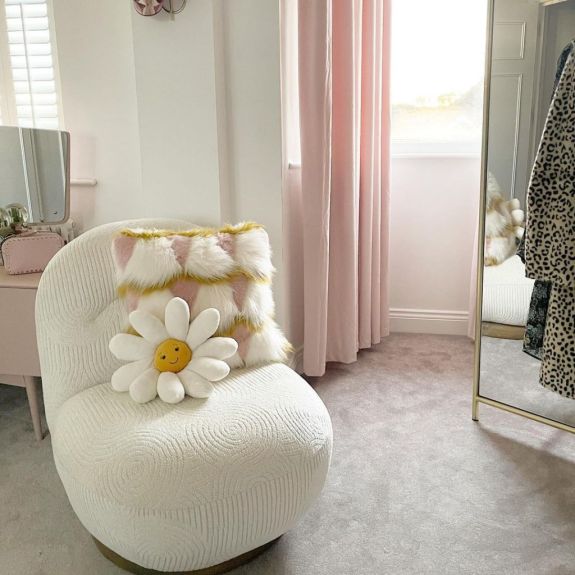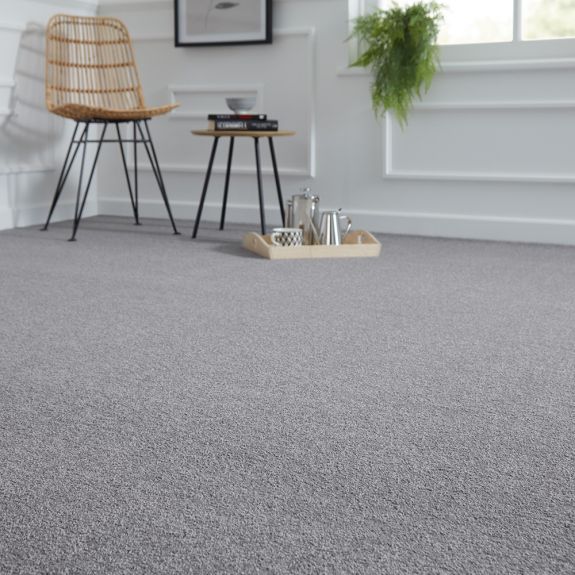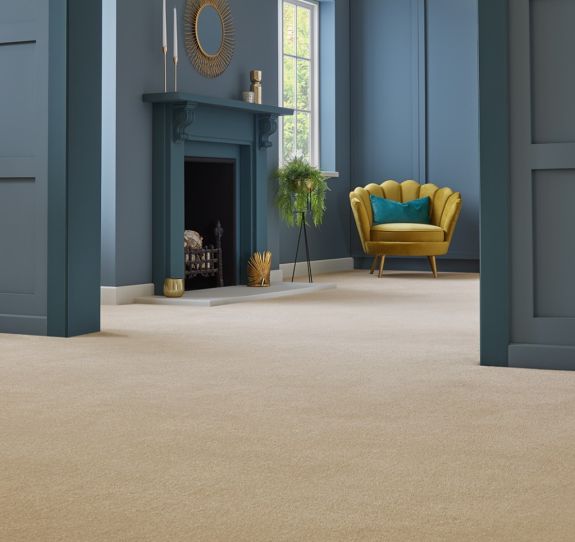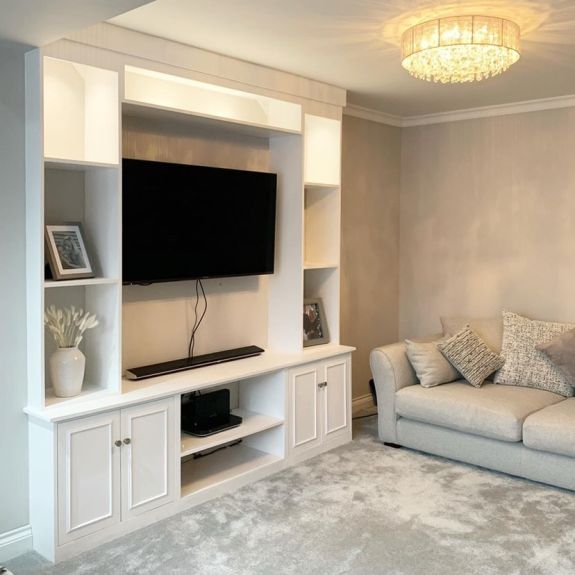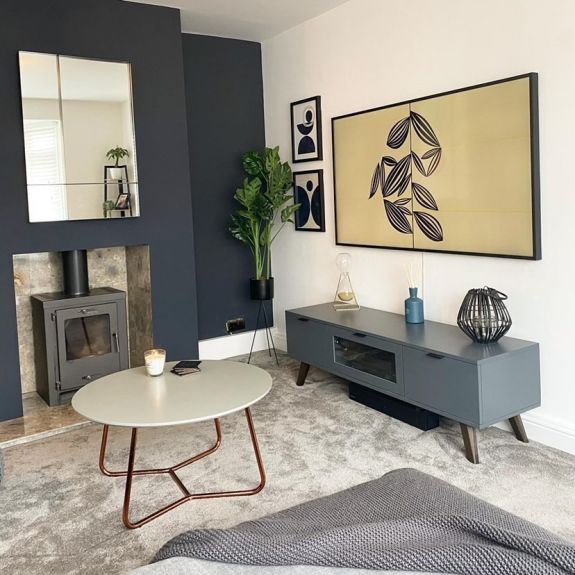How to fit carpet grippers
Getting to grips with carpet grippers might seem daunting with all those pointy edges, but it’s a simple process that becomes easier the more grippers you lay (and when you wear a good pair of gloves!). Carpet grippers tend to come in large strips, which you can trip with a hacksaw or circular saw to fit the corners and shape of your room.
Ensure that you mark any areas where pipes or wires run underneath the subfloor, as you won’t want any of the nails from the carpet grippers piercing these! For these areas, you’ll need to use carpet gripper glue instead of the nails, so marking them out on the floor means you can easily find them again.
How far should carpet grippers be from skirting boards?
First of all, start by placing your carpet grippers 7mm distance from all skirting boards, or about three-quarters of the width of your carpet. One edge of the grippers should be angled, and this is the side that should face the skirting board, as your excess carpet will tuck underneath this angle. Hammer or glue the carpet grippers onto the subfloor, ensuring you don’t damage the skirting board in the process.
Removing fitted carpet grippers
If you’re wondering how to remove carpet grippers, either when you’re removing the carpet or moving them around, you’ll need to use pincers or the prong end of a hammerhead to pull up the nails. If you’ve glued down the grippers, you’ll need to be prepared to replace them as they may snap when you pry them up from the subfloor.
If you follow our steps carefully, laying a carpet should be an easy-peasy job! Check out our Ideas Hub for more helpful flooring advice, including how to pull up a carpet, and tips on fitting other kinds of flooring. Alternatively, find the carpet of your dreams from our amazing range of carpets if you’re left feeling inspired to try this process yourself!





























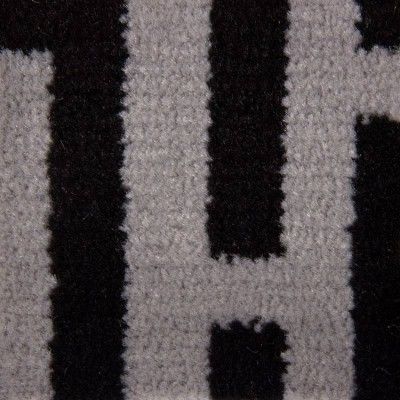

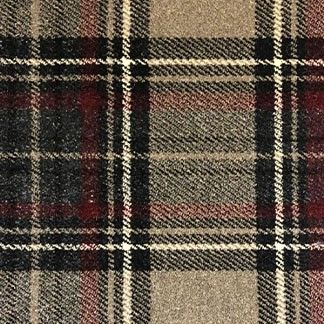
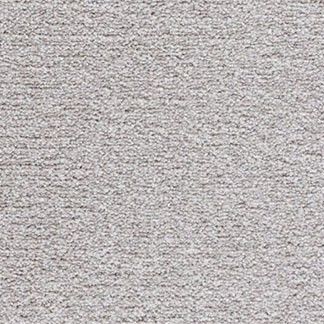












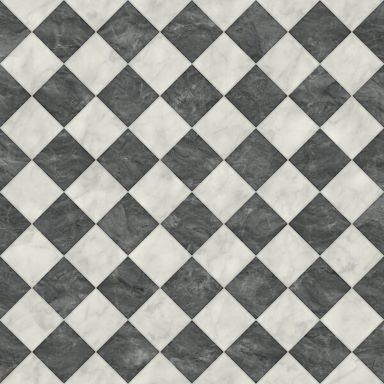
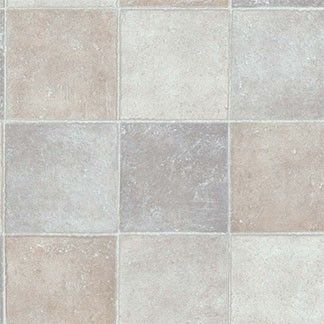
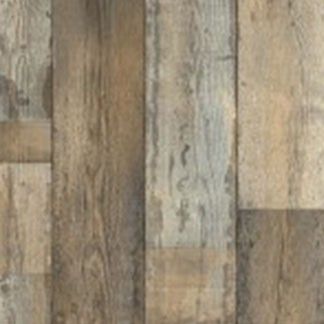









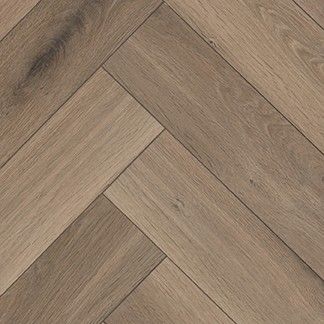
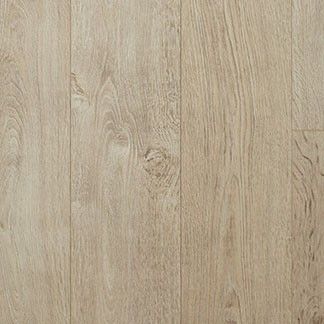

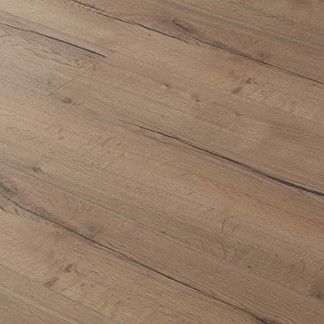












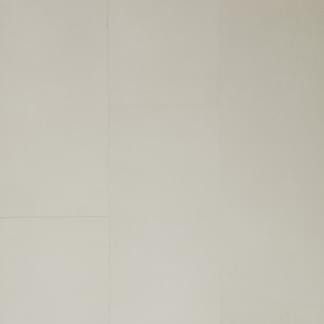





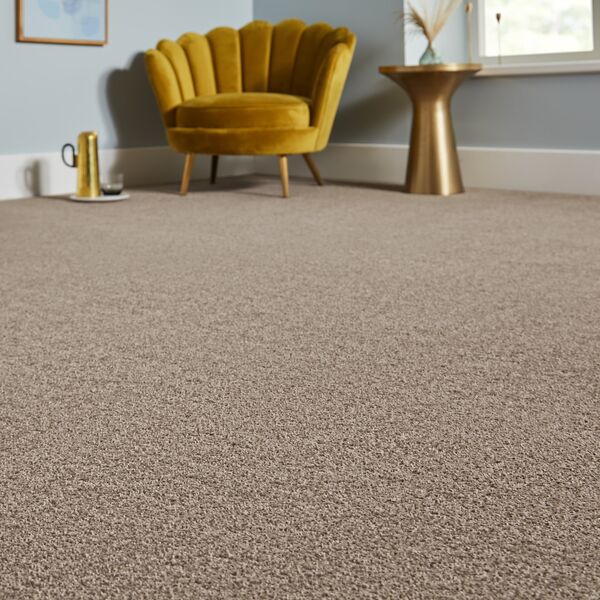
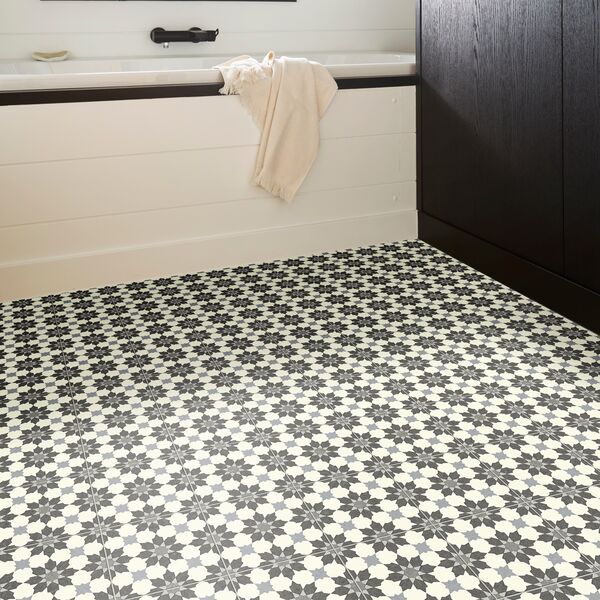
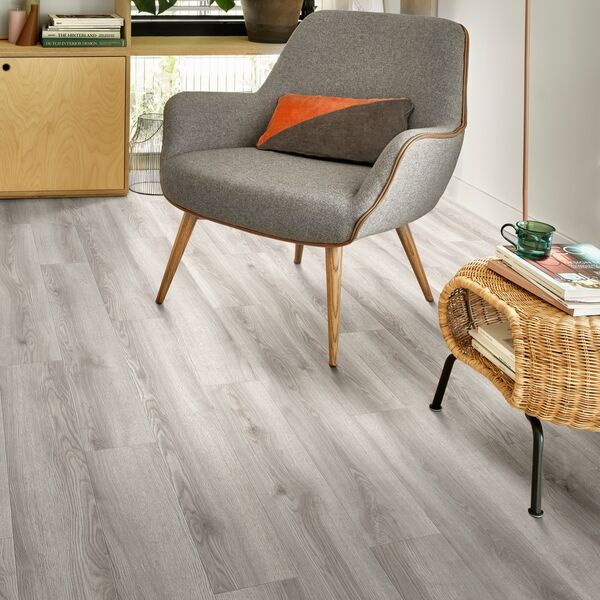
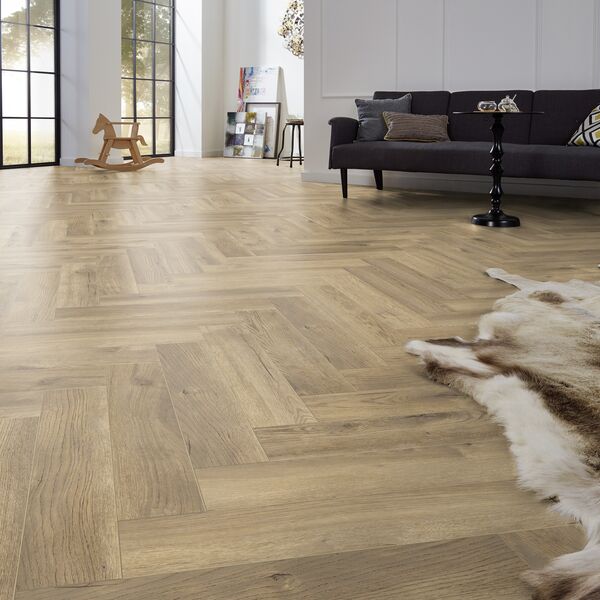
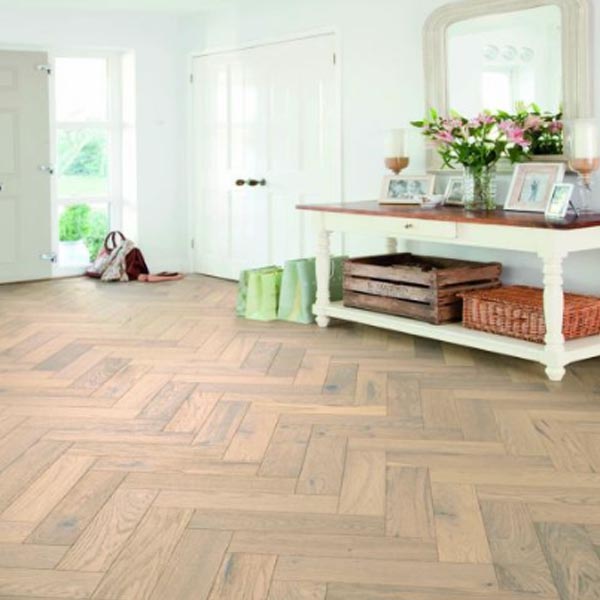
.jpg)
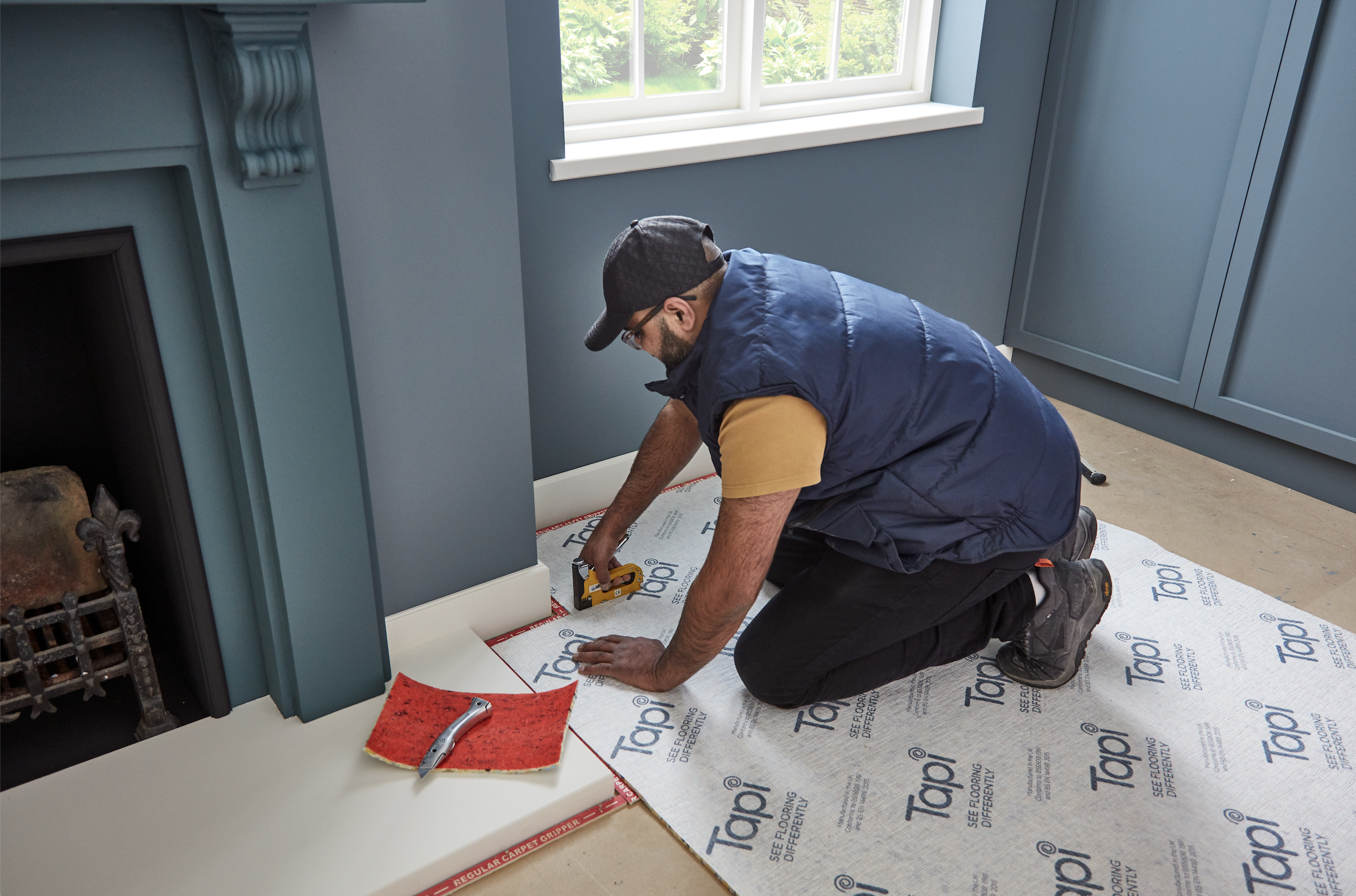
.jpg)

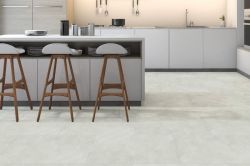



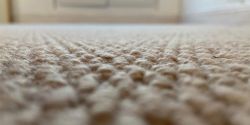
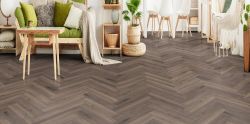
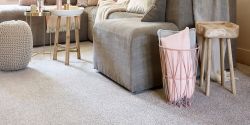

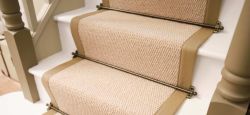
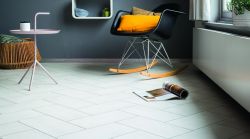
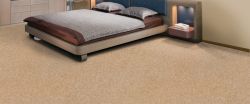

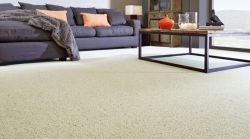
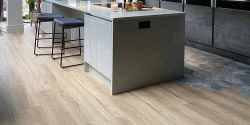

-250.jpg)
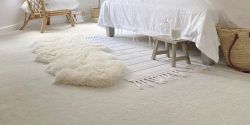



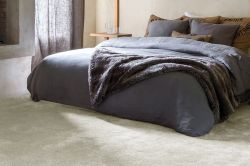

-250.jpg)
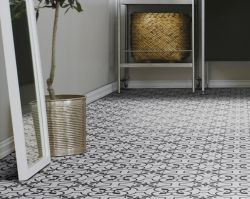
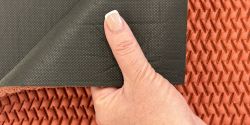
-250.jpg)

 copy-250.jpg)


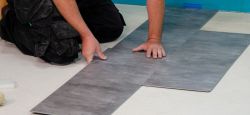


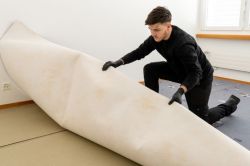


-250.jpg)
 - Article Image (not header)-250.jpg)
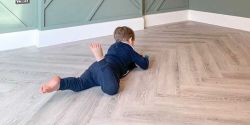
-250.jpg)

-250.jpg)
